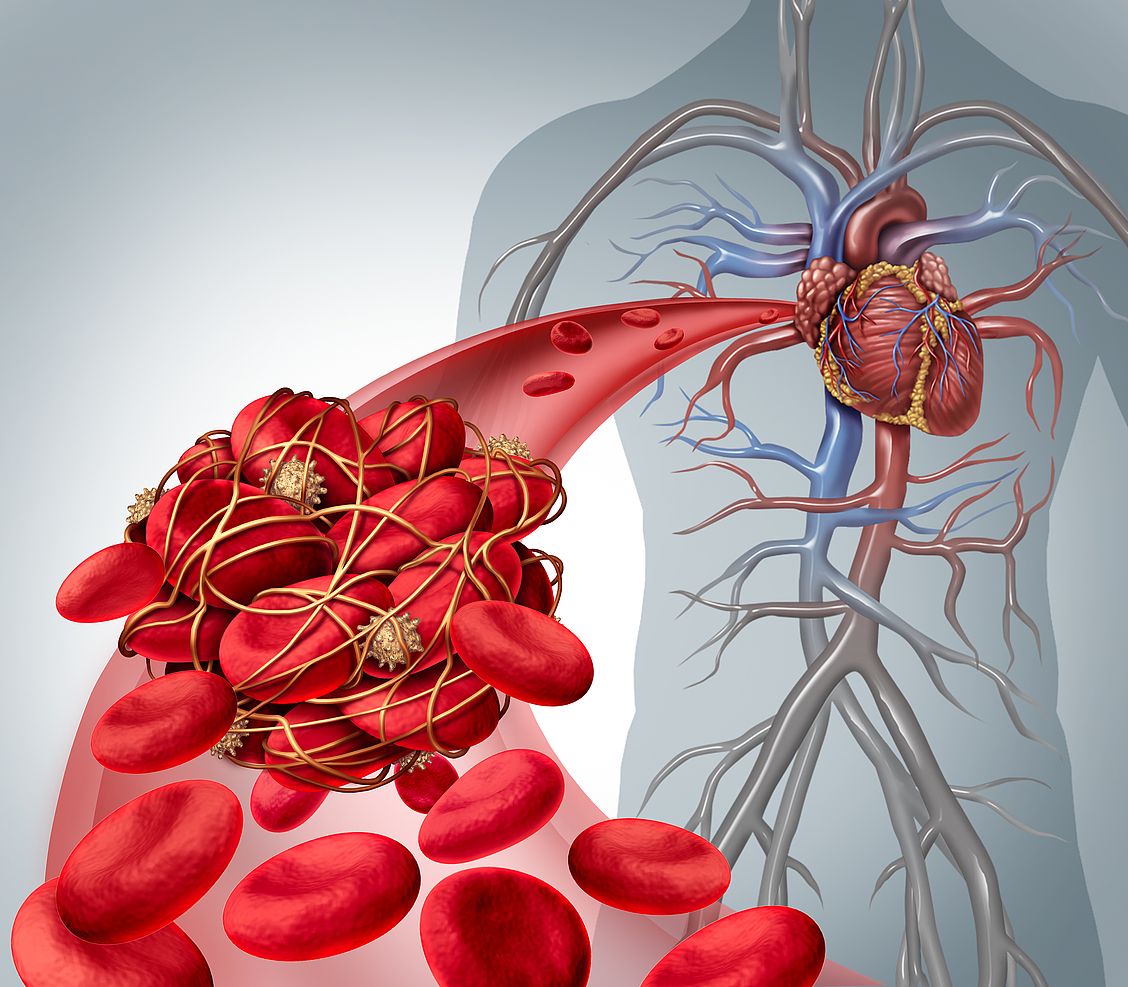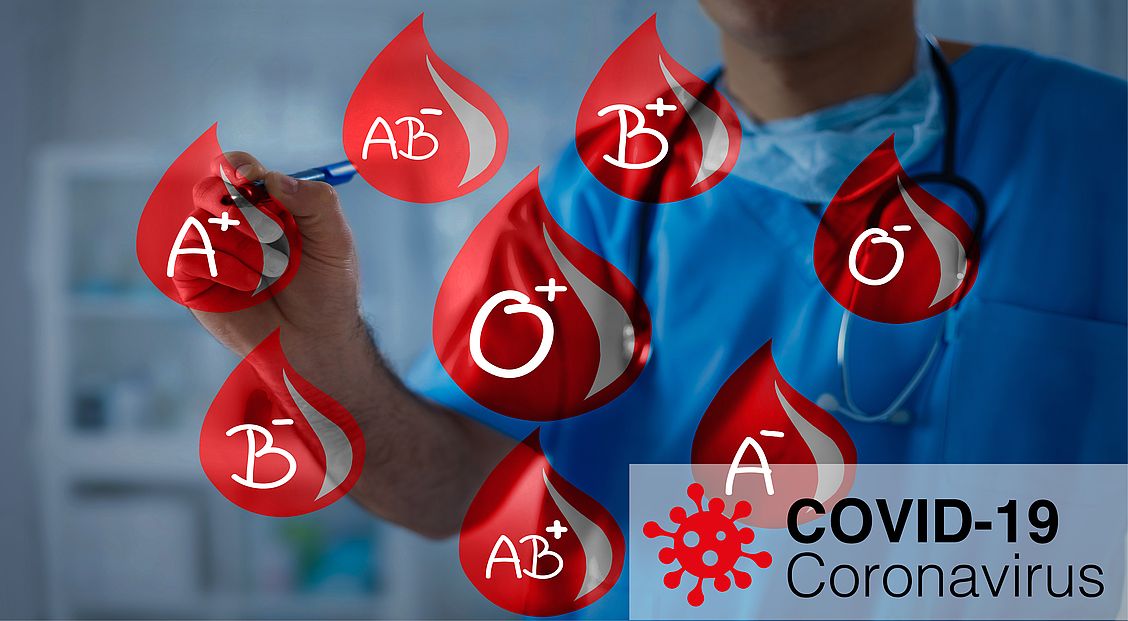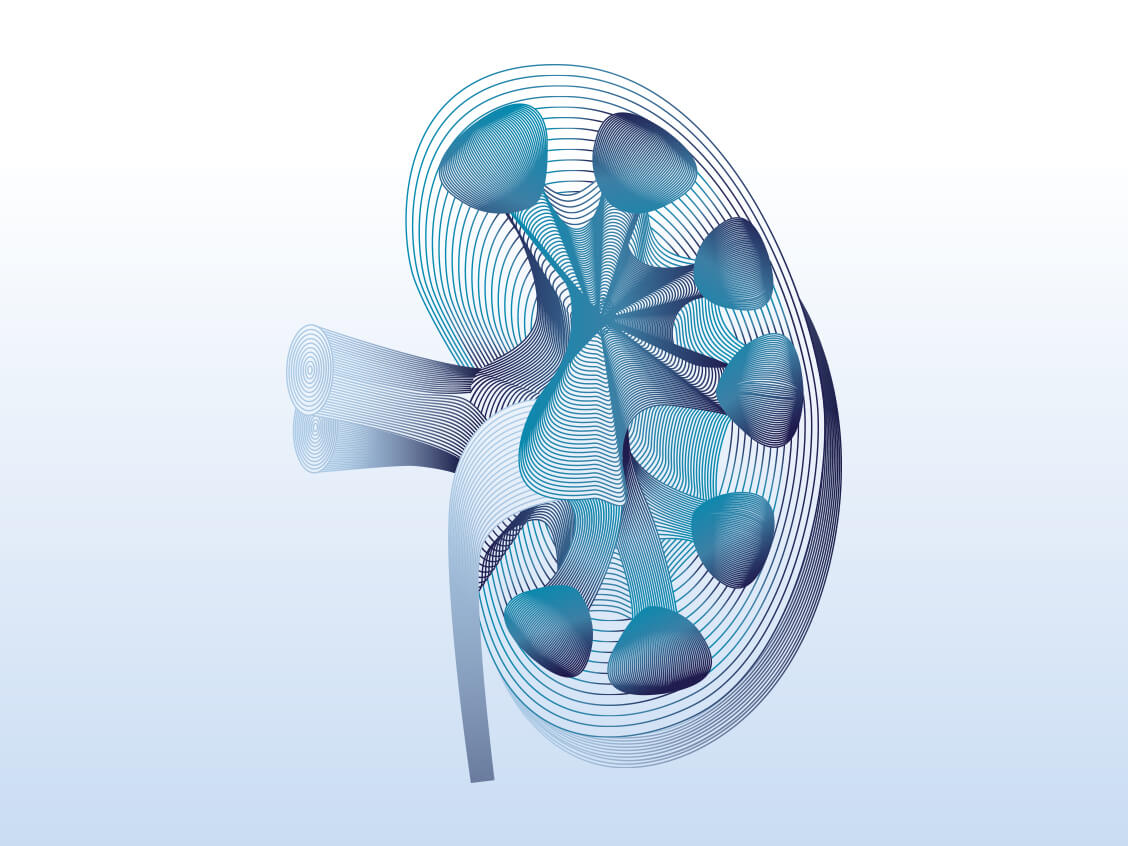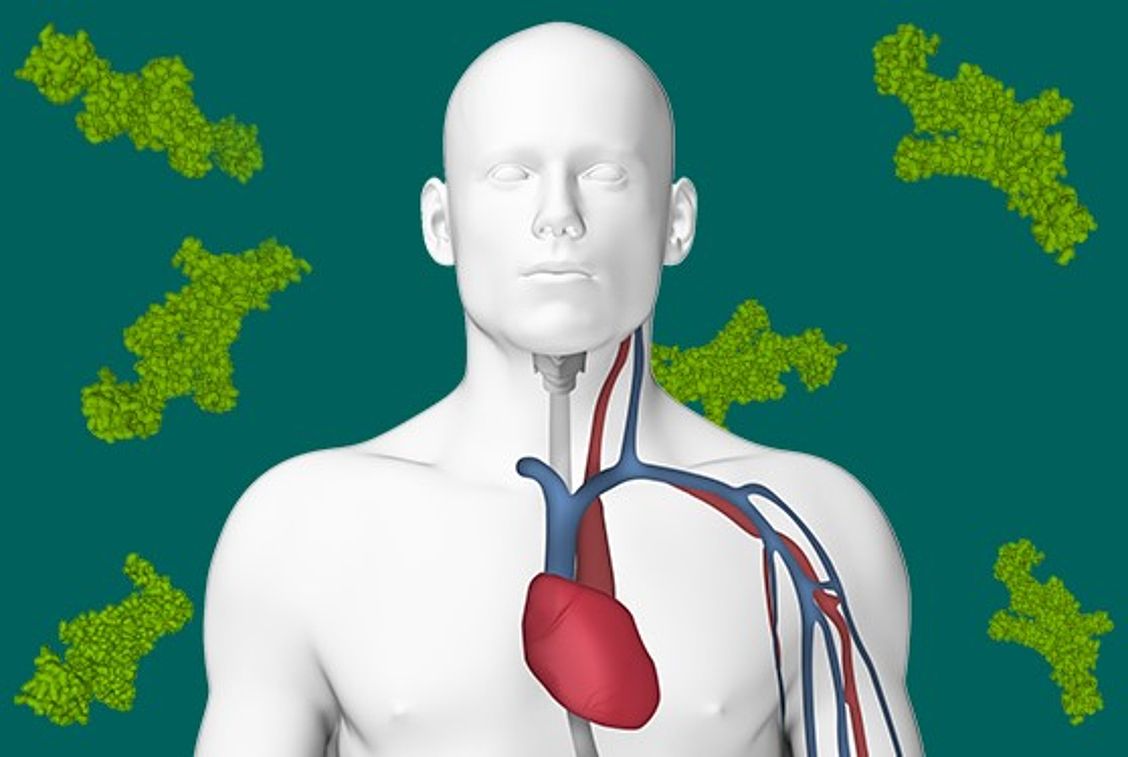- HUMAN Diagnostics Worldwide
- Lab Professionals
- Trends & Topics
Trends & Topics for the Laboratory World
In vitro diagnostics is an indispensable and - at the same time - highly efficient tool in medical practice. At this point HUMAN will present exciting trends & topics from the world of in vitro diagnostics for laboratory professionals all over the world.

The Senegal is updating their national policies and guidelines in line with the goal of malaria elimination by 2025. Strengthening the decentralization process through the establishment of regional malaria control plans is one of the main strategic approaches that the government have adopted...

Recently, parathyroid hormone (PTH) immunoassay testing was added to the WHO 4th edition of the Essential IVD List (EDL) as an in vitro diagnostic tool (IVD) to aid in evaluating the causes of calcium homeostasis disorders and monitoring the effects of treatment1...
The combination of C-reactive protein (CRP) and complete blood count (CBC) parameters, typically included in early patient assessment, can reduce turnaround time and is beneficial for patients in medical practices, intensive care units, and emergency departments. This combination ...
Antimicrobial resistance (AMR) is according to WHO* one of the top 10 global public health threats which significantly impacts our ability to treat infectious diseases. Misuse, taking antibiotics for colds and other viral illnesses doesn't work - and it can create bacteria that are harder to kill. ...

Mobile power solutions - a solar panel and battery system with variable charging options.
HUMAN offers many analyzers and laboratory instruments that can run for more than 2 hours on battery power with our battery system ...

Procalcitonin is an important biomarker for bacterial infections and in particular for the diagnosis, monitoring and treatment surveillance of sepsis.Some interesting findings and recent developments in the scientific community suggest that PCT may become even more valuable as a biomarker.

Thrombophilia is a medical condition characterized by an increased risk to develop a thrombotic event. In most cases this isvenous thromboembolism (VTE), such as deep vein thrombosis (DVT) or pulmonary embolism (PE).
Rheumatoid arthritis is a chronic inflammatory systemic disease characterized by painful joint swelling, joint tenderness, mobility restriction and joint destruction.

There are many factors that influence the quality of a test result. In addition to the pre-analytical steps, the reagents, the analysis system and the quality assurance measures play an important role.
Effective patient care requires comparable results regardless of which lab or country the patient sample is recorded in, as physicians focus on parameter ranges that indicate disease.
The spread of vector-borne diseases is a public health threat. Availability of appropriate diagnostic solution for disease management and eradication is still a challenge.

The rapid global spread of the noval SARS-CoV-2 virus is straining existing health resources, so identifying infected persons and prioritising people at high risk has become a critical challenge.
Imagine you are a physician or a paramedic called to an emergency. The patient presents with acute chest pain, shortness of breath, maybe nausea. It looks like a heart attack, but ...

Several publications indicate that the novel coronavirus SARS-CoV-2 does not only affect the lungs but also impacts numerous other organs,...

According to recent observations, coagulopathy often occurs in severe cases of COVID-19 patients. Coagulopathy is a condition in which the ability of the blood to clot is impaired - a term that....

Although RT-PCR is the recommended testing for diagnosis of a SARS-CoV-2 infection, there are numerous other diagnostic parameters that show abnormal laboratory results in COVID-19 patients...

In many countries, health organizations fear that they will find themselves in a situation where too many patients seek help in clinics, similar to the COVID 19 outbreak in Wuhan/China...

Read in this short analysis all you need to know to be well prepared for the upcoming challenges and their impact on the everyday laboratory practice.

Add this fast, non-invasive prognostic marker to your diagnostic workflow. Test urinary total protein to diagnose and monitor kidney diseases, diabetes and high blood pressure.

Cholinesterase activity tests offer a clear therapeutic path to those exposed to pesticide poisoning. This simple blood-based diagnostic test also predicts post-anesthetic apnea complications.

Globally, we need to progress much faster to prevent, detect, and treat tuberculosis in order to close the gap of this worldwide killer. The TB-LAMP method is a proven method of delivering accurate and fast results, detecting 15% more TB cases compared to smear microscopy.

Be a part of the WHO's global strategy to eliminate TB. Replace smear microscopy with the novel LoopampTM molecular diagnostic system recently recommended by WHO. With its fast, robust and easy availability LoopampTM offers...
![]()
For someone experiencing thromboembolism, every second counts. Nevertheless, identifying abnormal risk factors potentially causing a thromboembolic event is of no minor importance. Correct diagnosis is critical to identify the underlying cause for changes in antithrombin levels and choosing the right treatment.

Public health threatened by the spread of vector-borne diseases. Availability of appropriate diagnostic solution for disease management and disease elimination is still a challenge. A new method might change the situation for the fight against malaria.

Many blood analyses can be performed either with venous blood or with capillary blood. If no large amounts of blood are required and an analysis in whole blood is possible, capillary blood should always be preferred.









